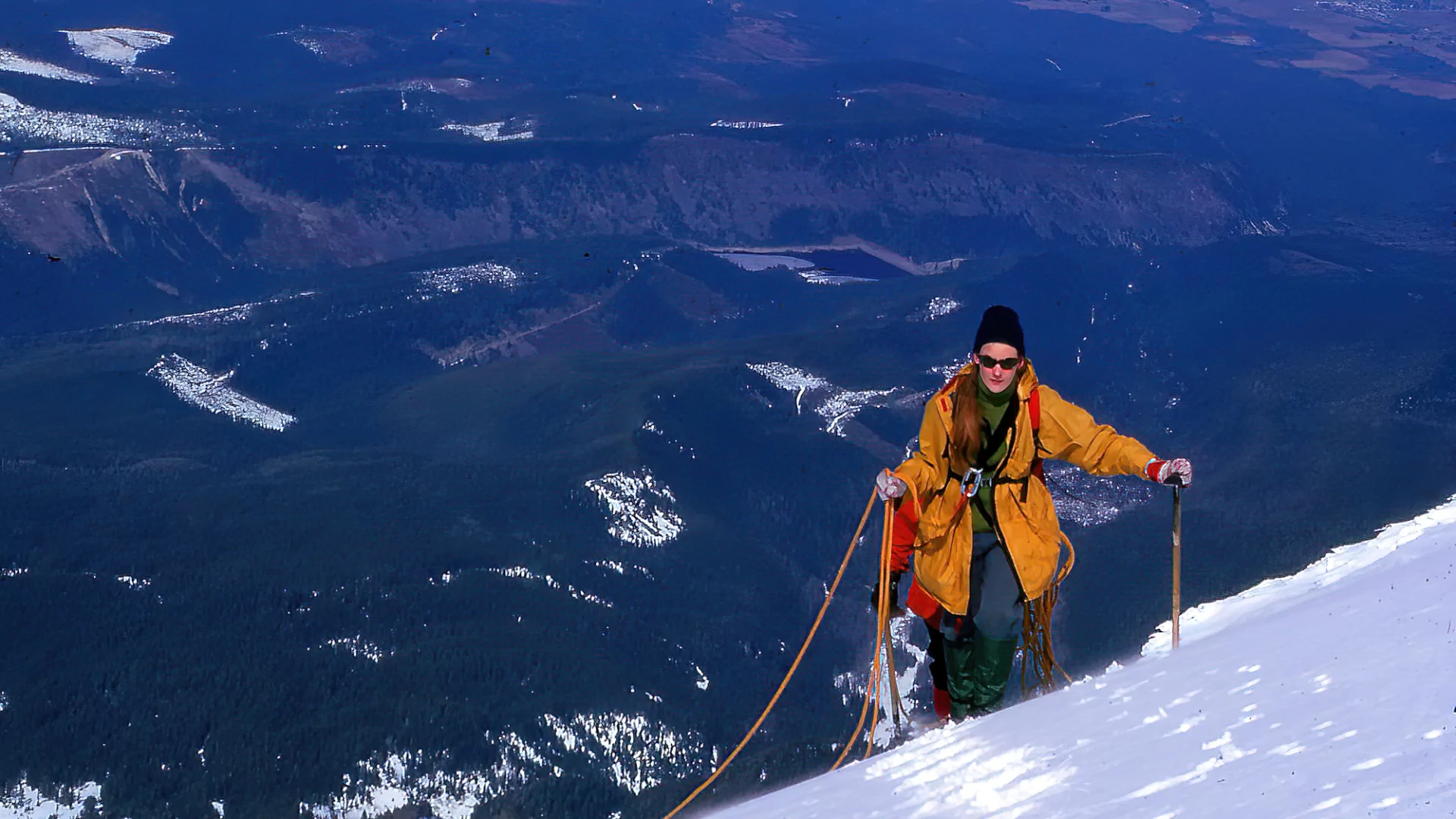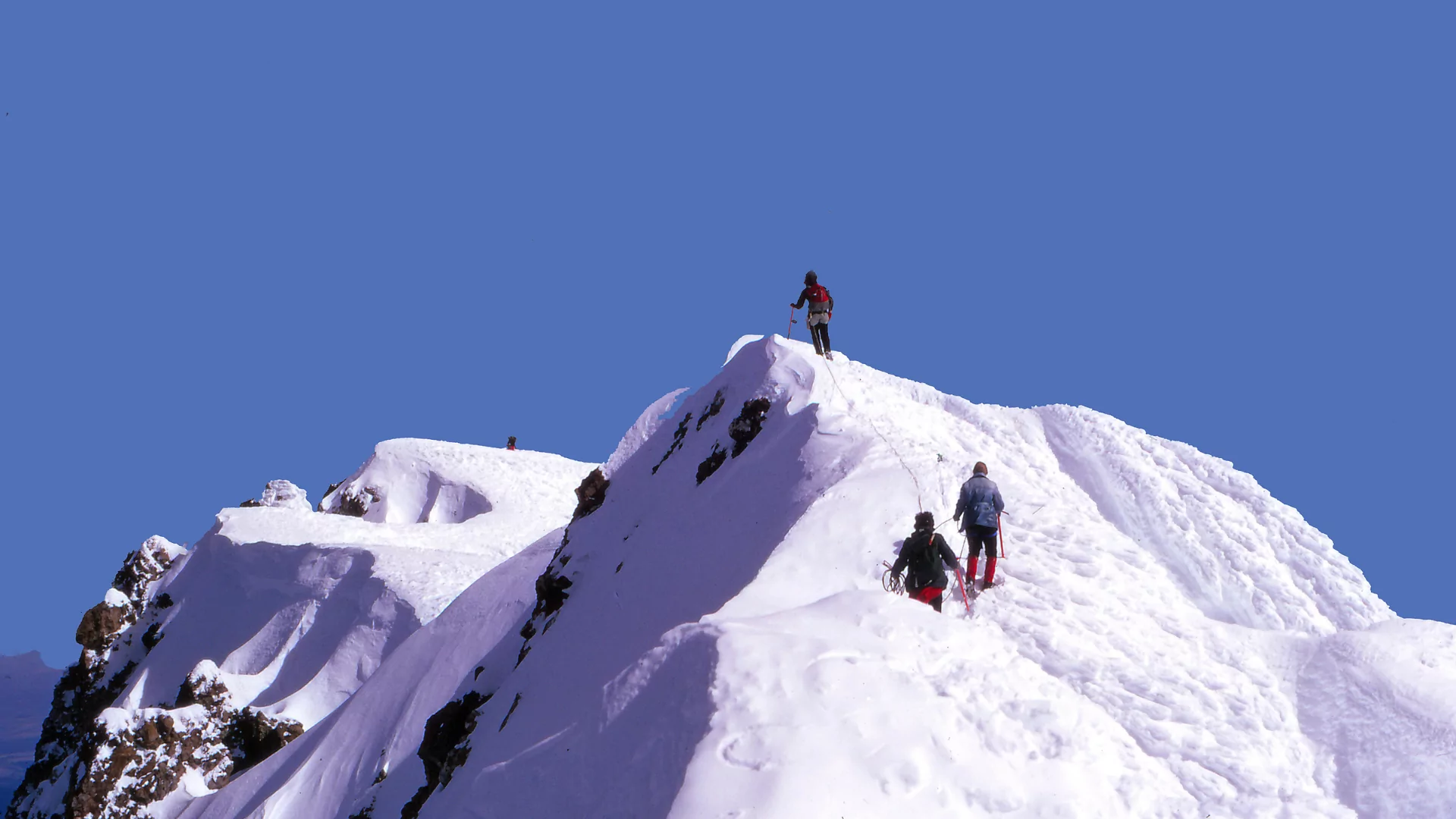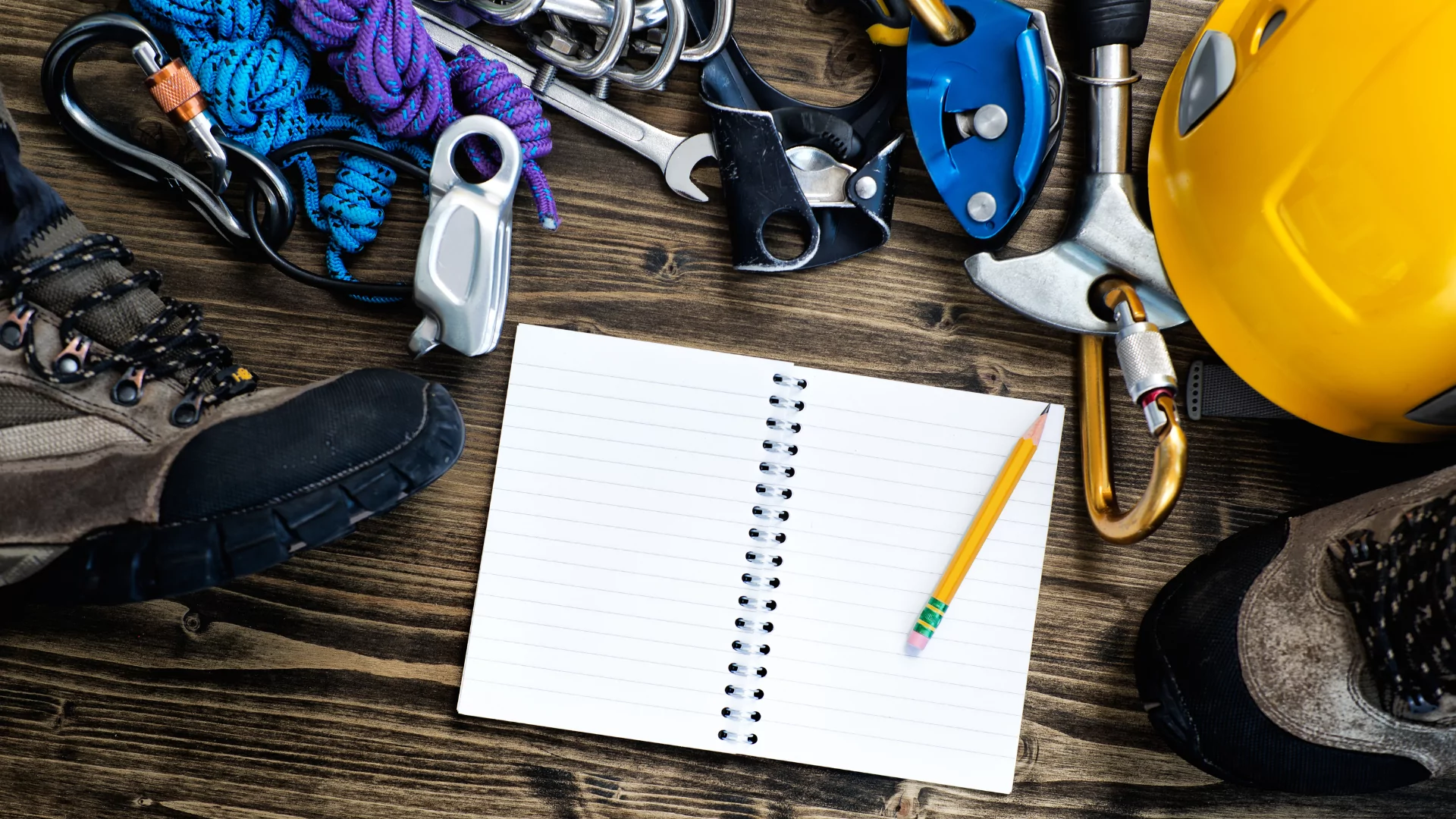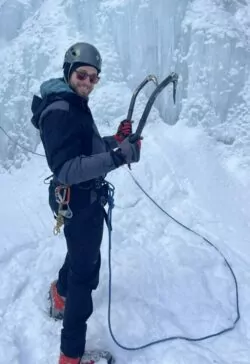How to Summit Mt. Hood

Mount Hood, located in Oregon, is a popular destination for tourists, skiers, hikers, and climbers. With its awe-inspiring peak and breathtaking views, summiting Mount Hood can be an exhilarating experience. In this blog post, we will provide you with a guide, that will serve as a starting point, on the logistics involved in successfully summiting Mount Hood.
Historical Overview
The earliest recorded ascent of Mount Hood dates back to July 11, 1857, when a group of seven climbers, led by Henry Pittock, successfully reached the summit. This achievement marked the beginning of Mount Hood’s mountaineering history.
In the late 19th and early 20th centuries, mountaineering on Mount Hood gained popularity. The Mazamas, a mountaineering organization based in Portland, played a significant role in promoting and organizing climbs on the mountain. They established several routes, including the South Side Route, which is still one of the most commonly used routes today.
In 1937, the historic Timberline Lodge was completed on Mount Hood’s south side, providing climbers with a basecamp and shelter. The lodge has since become an iconic landmark and a popular starting point for many climbers. Over the years, Mount Hood has witnessed numerous mountaineering achievements and tragedies. It has served as a training ground for aspiring climbers and a destination for experienced mountaineers seeking a challenging ascent. The mountain’s accessibility and proximity to Portland have contributed to its popularity among climbers of all skill levels.
Today, Mount Hood continues to attract thousands of climbers each year. It offers a variety of routes, ranging from relatively straightforward to highly technical, catering to different levels of experience and skill. The mountain’s beauty, combined with the sense of accomplishment that comes with reaching its summit, ensures that Mount Hood will remain a cherished destination for mountaineers for years to come. 
Know Before You Go:
Climbing Season
The climbing season for Mount Hood typically runs from late spring to early fall. It is important to check the current weather conditions and consult with local authorities or experienced climbers for the most up-to-date information before planning your ascent.
Permits and Regulations
To climb Mount Hood, you will need a climbing permit. These permits can be obtained from the local ranger station or online. It is essential to familiarize yourself with the regulations and guidelines set by the authorities to ensure a safe and responsible climb.
Route Selection
 Mount Hood offers various routes to the summit, each with its own level of difficulty. The most popular routes include the South Side Route (Hogsback) and the North Side Route (Cooper Spur). Research and choose a route that aligns with your skill level and experience. It’s important to note that conditions on Mount Hood can change rapidly, and it’s crucial to gather up-to-date information, consult with experienced climbers, and assess your own skills and experience before choosing a route. Climbing with a knowledgeable partner or hiring a guide is highly recommended for safety and guidance. The following information is to serve as a starting place to help you pick the route that is best for you.
Mount Hood offers various routes to the summit, each with its own level of difficulty. The most popular routes include the South Side Route (Hogsback) and the North Side Route (Cooper Spur). Research and choose a route that aligns with your skill level and experience. It’s important to note that conditions on Mount Hood can change rapidly, and it’s crucial to gather up-to-date information, consult with experienced climbers, and assess your own skills and experience before choosing a route. Climbing with a knowledgeable partner or hiring a guide is highly recommended for safety and guidance. The following information is to serve as a starting place to help you pick the route that is best for you.
South Side Route (Hogsback)
This is the most commonly used route and is suitable for climbers with moderate experience. It starts at the Timberline Lodge and follows the Palmer Glacier. The route involves ascending the Hogsback ridge, navigating the Pearly Gates, and reaching the summit. It requires basic mountaineering skills and is known for its steep sections and potential hazards like crevasses and icefall.
West Crater Rim Route
This route begins at the Timberline Lodge and follows the same path as the South Side Route until reaching Crater Rock. From there, climbers ascend the West Crater Rim, which involves traversing steep slopes and negotiating loose volcanic scree. This route requires good route-finding skills and is less crowded than the South Side Route.
Leuthold Couloir
This is a more technical and challenging route that starts at the Timberline Lodge and follows the same path as the South Side Route until reaching Illumination Saddle. From there, climbers ascend the Leuthold Couloir, which involves steep snow and ice climbing. This route requires advanced mountaineering skills, including the ability to use ice tools and perform self-arrest techniques.
Sunshine Route
This route begins at the Cloud Cap Trailhead on the northeast side of the mountain. It involves ascending the Sunshine Glacier, which requires glacier travel skills and the ability to navigate crevasses. The route offers stunning views but is less frequently climbed and may require more self-sufficiency.
Cooper Spur Route
Starting at the Cloud Cap Trailhead, this route ascends the Cooper Spur ridge on the northeast side of the mountain. It is a challenging and technical route that involves steep snow and ice climbing. This route is less crowded but requires advanced mountaineering skills and careful route selection due to the potential for rockfall.
Preparing for the ascent
Equipment and Gear 
Proper equipment and gear are essential for a successful climb. Some of the necessary items include:
- Climbing helmet
- Mountaineering boots
- Crampons
- Ice axe
- Harness
- Ropes
- Layers of clothing (including waterproof and windproof options)
- Food and water
- Navigation tools (compass, map, GPS)
- First aid kit
- Headlamp
- Sunglasses
- Sunscreen
Ensure that all your equipment is in good condition and properly fitted before embarking on your climb.
Safety Considerations
Mount Hood is a challenging mountain, and safety should be a top priority. Consider the following safety measures:
- Climb with a partner or in a group.
- Stay updated on weather conditions and be prepared to turn back if necessary.
- Acclimate to the altitude gradually to avoid altitude sickness.
- Be aware of crevasses, avalanches, and other potential hazards.
- Carry a communication device, such as a satellite phone or radio, for emergencies.
Camping on the summit of Mount Hood is not recommended or allowed. The summit of Mount Hood is a small, exposed area with limited space and harsh weather conditions. It is not suitable for setting up a campsite. Additionally, camping on the summit can pose safety risks due to the potential for extreme cold, high winds, and unpredictable weather patterns. It is advisable to plan your climb with the intention of reaching the summit and descending back to a designated camping area or base camp for overnight stays.
Training and Skills
 It is highly recommended to have prior mountaineering experience and training before attempting to summit Mount Hood. Taking a mountaineering course or hiring a guide can greatly enhance your skills and safety. A comprehensive training plan is key to succeeding in summiting. A proper training program will need to include training in the following areas:
It is highly recommended to have prior mountaineering experience and training before attempting to summit Mount Hood. Taking a mountaineering course or hiring a guide can greatly enhance your skills and safety. A comprehensive training plan is key to succeeding in summiting. A proper training program will need to include training in the following areas:
Physical Conditioning:
- Start with a solid foundation of cardiovascular fitness through activities like running, cycling, or swimming.
- Gradually increase the intensity and duration of your workouts to improve endurance.
- Incorporate strength training exercises to build core and upper body strength, as mountaineering requires both.
Hiking and Backpacking:
- Regularly embark on hikes and backpacking trips to simulate the conditions you’ll encounter on Mount Hood.
- Gradually increase the difficulty and elevation gain of your hikes to prepare your body for the challenges ahead.
- Practice carrying a loaded backpack to get accustomed to the weight you’ll carry during the climb.
Altitude Training:
- If possible, consider incorporating altitude training into your regimen to acclimatize your body to higher elevations.
- This can be achieved through hiking or climbing at high-altitude locations or by using simulated altitude training systems.
Technical Skills:
- Familiarize yourself with basic mountaineering techniques such as using crampons, ice axes, and rope systems.
- Take courses or seek guidance from experienced climbers to learn proper techniques for glacier travel and self-arrest.
- Mental Preparation:
- Mountaineering can be mentally demanding, so develop mental resilience and determination.
- Practice problem-solving and decision-making skills to be prepared for unexpected situations on the mountain.
Practice Climbs:
- Before attempting Mount Hood, consider climbing smaller peaks to gain experience and confidence.
- These practice climbs will help you refine your skills and assess your readiness for a more challenging ascent.
Mt Hood Guided trip with Wildland Trekking
Summiting Mount Hood is a challenging and rewarding experience. By adequately preparing yourself physically, obtaining the necessary permits, selecting the right route, and ensuring you have the proper equipment and skills, you can increase your chances of a successful climb. Remember to prioritize safety at all times and enjoy the breathtaking views that await you at the summit of Mount Hood. Check your knots and climb on friends!




